This is a preprint.
Contributions of associative and non-associative learning to the dynamics of defensive ethograms
- PMID: 39345429
- PMCID: PMC11429603
- DOI: 10.1101/2023.07.06.547975
Contributions of associative and non-associative learning to the dynamics of defensive ethograms
Update in
-
Contributions of associative and non-associative learning to the dynamics of defensive ethograms.Elife. 2024 Dec 16;12:RP90414. doi: 10.7554/eLife.90414. Elife. 2024. PMID: 39680437 Free PMC article.
Abstract
Defensive behavior changes based on threat intensity, proximity, and context of exposure, and learning about danger-predicting stimuli is critical for survival. However, most Pavlovian fear conditioning paradigms focus only on freezing behavior, obscuring the contributions of associative and non-associative mechanisms to dynamic defensive responses. To thoroughly investigate defensive ethograms, we subjected male and female adult C57BL/6J mice to a Pavlovian conditioning paradigm that paired footshock with a serial compound stimulus (SCS) consisting of distinct tone and white noise (WN) stimulus periods. To investigate how associative and non-associative mechanisms affect defensive responses, we compared this paired SCS-footshock group with four control groups that were conditioned with either pseudorandom unpaired presentations of SCS and footshock, shock only, or reversed SCS presentations with inverted tone--WN order, with paired or unpaired presentations. On day 2 of conditioning, the paired group exhibited robust freezing during the tone period with switching to explosive jumping and darting behaviors during the WN period. Comparatively, the unpaired and both reverse SCS groups expressed less tone-induced freezing and rarely showed jumping or darting during WN. Following the second day of conditioning, we observed how defensive behavior changed over two extinction sessions. During extinction, the tone-induced freezing decreased in the paired group and mice rapidly shifted from escape jumping during WN to a combination of freezing and darting. The unpaired, unpaired reverse, and shock-only groups displayed defensive tail rattling and darting during the SCS, with minimal freezing and jumping. Interestingly, the paired reverse group did not jump to WN, and tone-evoked freezing was resistant to extinction. These findings demonstrate that non-associative factors promote some defensive responsiveness, but associative factors are required for robust cue-induced freezing and high-intensity flight expression.
Conflict of interest statement
Conflict of interest statement: The authors declare no competing financial interests.
Figures


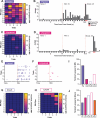
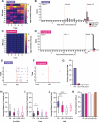
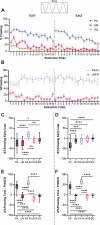
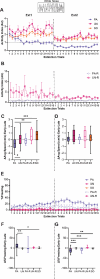
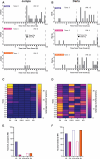
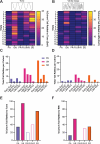




References
-
- Akmese C, Sevinc C, Halim S, Unal G (2023) Differential role of GABAergic and cholinergic ventral pallidal neurons in behavioral despair, conditioned fear memory and active coping. Progress in Neuropsychopharmacology & Biological Psychiatry 125:110760. - PubMed
-
- Biddle M, Knox D (2023) The role of estrogen receptor manipulation during traumatic stress on changes in emotional memory induced by traumatic stress. Psychopharmacology 240:1049–1061. - PubMed
-
- Blanchard RJ, Blanchard DC (1969) Passive and active reactions to fear-eliciting stimuli. Journal of Comparative and Physiological Psychology 68:129–135. - PubMed
-
- Bolles R (1970) Species-specific defense reactions and avoidance learning. Psychological Review 77:32–48.
Publication types
Grants and funding
LinkOut - more resources
Full Text Sources
